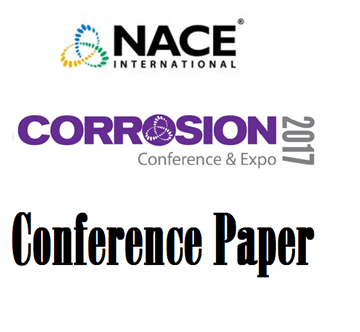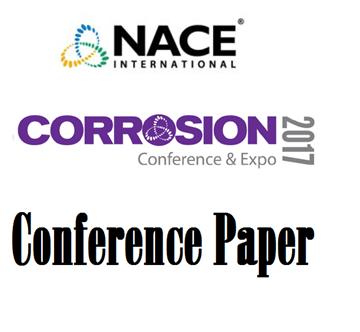Search
10262 Corrosion Resistance of Nickel Alloys and Super Austenitic Stainless Steel Weld Claddings as a Function of Dilution
Also Purchased
Corrosion of Nickel Alloys in Elevated Temperature Sour Gas Environments
Product Number:
51317--9135-SG
ISBN:
9135 2017 CP
Publication Date:
2017
$20.00
The Sensitisation Behaviour of Alloy UNS N08825 After Heat Treatment as Used in Clad Materials
Product Number:
51317--9459-SG
ISBN:
9459 2017 CP
Publication Date:
2017
$20.00
06158 INVESTIGATION OF INTERGRANULAR CORROSION OF Alloy 825 IN SOUR SERVICE
Product Number:
51300-06158-SG
ISBN:
06158 2006 CP
$20.00




